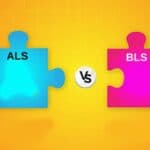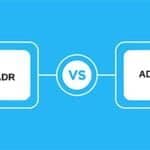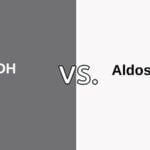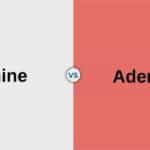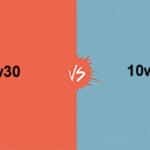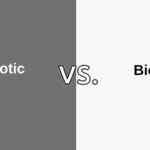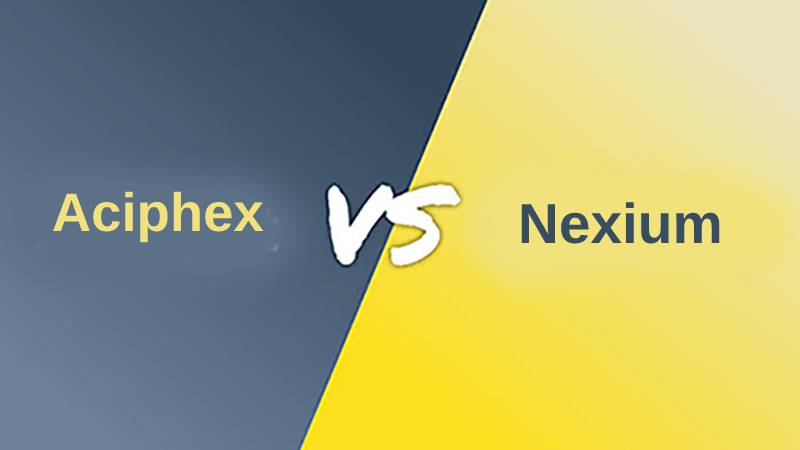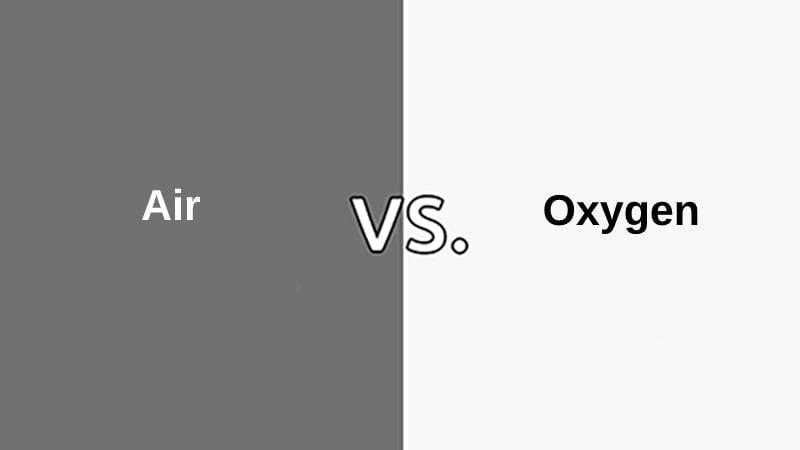Proteins are the building blocks of muscles. The protein molecules are the actin and myosin found in muscles, primarily responsible for muscular contraction in people and other species. Actin and myosin are polypeptide filaments that operate when calcium ions are present. The sliding filament theory best explains the activities of actin and myosin in muscle contraction. Ralph Niedergerke, Jean Hanson, and Andrew Huxley introduced this hypothesis 1954.
Together with the governing proteins troponin, tropomyosin, and meromyosin, actin, and myosin govern voluntary muscle movements inside the body. At the same time, the myofibril filaments are formed by actin and myosin proteins, which are organized longitudinally in the myofibrils.
Actin vs Myosin
The main difference between actin and myosin is that actin forms thin contractual filaments within muscle cells, whereas myosin produces thick contractile fibers. Actin filaments are a type of light-striated muscle. Actin myofilaments are thinner than myosin filaments. Actin and myosin are involved in both intracellular and non-cellular motions.
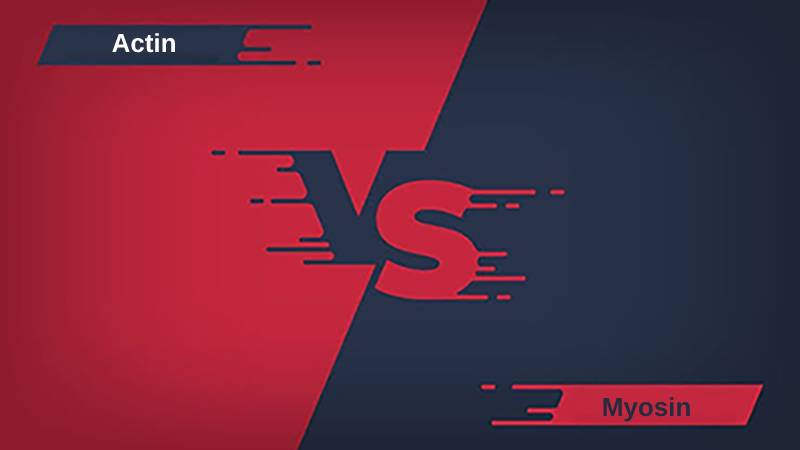
Actin is a family of globular proteins found in the bulk of eukaryotic cells that help the body maintain its shape, structure, and movement. Actin is a protein that has a lot of similarities to other proteins. Monomeric actin (G-actin) and filamentous actin (F-actin) are the two types of actin. Under physiological circumstances, G-actin polymerizes quickly to create F-actin with the help of ATP energy. The actin filaments determine the cell’s structure and mobility. Actin filaments are responsible for forming a cell’s dynamic cytoskeleton. The cytoskeleton provides structural support and connects the inside of the cell to its environment.
Myosin belongs to the motor protein group that is essential for muscle fiber contraction, together with actin proteins. One or two heavy chains and multiple light chains make up each myosin molecule. The three domains found in this protein are the head, neck, and tail. Actin and ATP binding sites can be found in the globular head domain. A -helical is located in the neck area. The binding sites for various compounds are located at the tail site.
Comparison Table Between Actin and Myosin
| Parameters of comparison | Actin | Myosin |
|---|---|---|
| Molecular Nature | Globular protein | Motor protein |
| Structure | Forms thin, filamentous microfilaments | Interacts with actin filaments |
| Cytoskeletal Component | Major component of the cytoskeleton | Motor protein involved in movement |
| Role in Cell Shape | Contributes to cell shape maintenance | Involved in mechanical force generation |
| Cell Motility | Involved in cell motility, including amoeboid movement | Facilitates cell and muscle movement |
| Intracellular Transport | Serves as a track for myosin motors in intracellular transport | Functions as a molecular motor for transporting cargo along actin filaments |
| Cellular Functions | Participates in cellular signaling and adhesion | Mainly responsible for muscle contraction, but also involved in other cell movements |
| Presence | Found in both muscle and non-muscle cells | Predominantly found in muscle cells |
| Energy Source for Function | Does not require ATP for its function | Powered by ATP for movement |
What is Actin?
Actin is a highly significant protein fundamental in various cellular processes, particularly in cell biology and physiology. It is a globular protein that forms long, fibrous structures known as microfilaments, a cytoskeleton component within eukaryotic cells.
The primary functions of actin can be summarized as follows:
- Structural Support: Actin filaments support cells, helping them maintain their shape and integrity. They are especially crucial in maintaining the shape of animal cells.
- Cell Motility: Actin is a key player in cell motility, enabling processes such as muscle contraction, cell crawling (amoeboid movement), and the division of animal cells during cytokinesis.
- Intracellular Transport: Actin participates in the movement of various cellular components, including organelles, vesicles, and cell membrane components, by interacting with molecular motors like myosin.
- Cellular Signaling: Actin filaments are involved in cell signaling pathways, where they act as a scaffold for various signaling molecules and contribute to processes like cell adhesion and migration.
- Endocytosis and Exocytosis: Actin is essential for forming membrane vesicles during endocytosis (uptake of substances into the cell) and transporting vesicles to the cell membrane during exocytosis (release of substances from the cell).
What is Myosin?
Myosin is a family of motor proteins in eukaryotic cells that play a central role in muscle contraction, cell motility, and various intracellular transport processes. These proteins are vital for the movement and functioning of cells and tissues in various organisms, from humans to single-celled organisms like amoebas.
The key features of myosin include:
- Muscle Contraction: Myosin is a major component of the sarcomere, the basic contractile unit in muscle cells. It interacts with actin filaments to generate the force and movement responsible for muscle contraction.
- Cell Motility: Myosin is involved in cell motility, facilitating processes such as cell crawling, cell division (cytokinesis), and the movement of cilia and flagella. Myosin motors move along actin filaments in these contexts, causing cellular components to change position.
- Intracellular Transport: Myosin is crucial for intracellular transport by functioning as a motor protein that moves organelles, vesicles, and other cargo along cytoskeletal elements, primarily microfilaments made of actin.
- Diverse Isoforms: There are various types of myosin proteins, each with specific functions and distributions in different cell types. For instance, myosin II is prevalent in muscle cells, while myosin V and VI are involved in intracellular transport.
- ATP-Driven Movement: Myosin molecules utilize adenosine triphosphate (ATP) energy to move along actin filaments. This ATP-driven “walking” or “crawling” motion is essential for their function as molecular motors.
Main Differences Between Actin and Myosin
Here are the main differences between actin and myosin in a bullet point list:
Actin:
- A globular protein.
- Forms thin, filamentous structures called microfilaments.
- Composes a significant part of the cytoskeleton.
- Essential for maintaining cell shape.
- Involved in cell motility, especially amoeboid movement.
- Participates in intracellular transport as a track for myosin.
- Functions in cellular signaling and adhesion.
- Found in both muscle and non-muscle cells.
Myosin:
- A motor protein.
- Functions by interacting with actin filaments.
- A key component of muscle cells for muscle contraction.
- Responsible for generating force and movement during muscle contraction.
- Involved in cell motility, including muscle cell movement.
- Facilitates intracellular transport by “walking” along actin filaments.
- Various types (e.g., myosin II, myosin V) have distinct functions.
- Powered by adenosine triphosphate (ATP) for movement.
Conclusion
In conclusion, actin and myosin are distinct yet intricately related proteins that play crucial roles in various cellular processes. Actin, a globular protein, forms microfilaments and is a structural component of the cytoskeleton. It supports cell shape, is involved in cell motility, and participates in intracellular transport and signaling. Myosin, on the other hand, is a motor protein that interacts with actin filaments to generate mechanical force and movement. It is particularly vital for muscle contraction, cell motility, and intracellular transport, functioning as a molecular motor powered by ATP.
While actin provides the structural framework and is versatile in cellular functions, myosin is the dynamic engine responsible for generating movement and force within cells. Together, they exemplify molecular machinery’s remarkable complexity and precision that underlies essential cellular processes, from muscle contraction to intracellular transport. Their synergistic interplay is fundamental to the proper functioning of eukaryotic cells and organisms.


